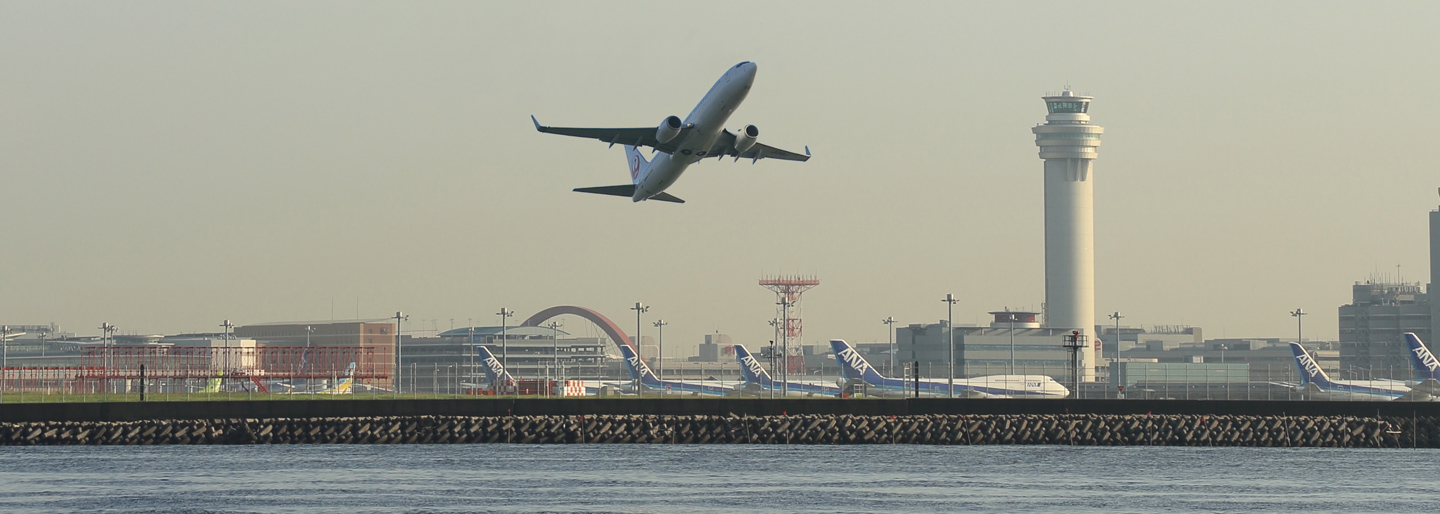The term cargo readiness is linked to international trade and to a specific date when the shipper (also known as vendor, manufacturer, seller or exporter) has the cargo ready for handover to a transportation provider.
This article aims to explain exactly what it means to have the cargo ready, and to clear any confusion about which date cargo readiness refers to in the communication between shippers, consignees and freight forwarders. Freight forwarders at times refer to cargo readiness date by the abbreviation CRD.
Three elements determine whether cargo is ready
When there is international transportation of goods involved between the premises of the seller and the buyer, or the shipper and the consignee, there is a transit time, or delay, between when the goods are no longer in the seller’s possession and when they are in the buyer’s possession.
In the agreement between seller and buyer, it is, therefore, appropriate to agree on a date when the goods are in principle ready to hand over to the buyer if it had not been for this delay in transit. The cargo readiness date is the date the seller has the goods ready for handover at their premises and is defined by three characteristics:
The shipment is available and complete at an agreed location
The shipment is packaged so it can be shipped by the agreed mode of transportation
The documents for international shipping are prepared and available

Available and complete
The shipper and the consignee would normally agree on the location where the cargo must be made ready. This would typically be the premises of the shipper or the seller and could be at the factory or at the exporter’s warehouse. What is meant by the shipment being complete is that it fulfills the agreement between the seller and the buyer, and would normally be a complete production in quantity and quality as agreed in the contract or purchase order, and as documented in the invoice and packing list.
Seaworthy packaging
The requirements for packaging of the goods depend on the mode of transportation. For ocean freight and less than container load shipments, the shipment must be packaged so it will not be damaged during handling and sea transportation. This is also referred to as the cargo being seaworthy. When the freight forwarder receives the cargo, they will check the packaging and if deemed not worthy of transportation, either reject the cargo or offer to re-pack the goods for a fee.

An example of a cargo ready shipment. This is a wooden crate which can easily be stuffed as a less than container load shipment.For less than container load shipments (see our article LCL Shipping Explained), the packaging must be able to withstand being loaded onto a truck at the shippers premises, unloading into a freight forwarder’s warehouse (typically by forklift or by hand), re-loading into a marine container, shipping to the destination (including crane handling of the container), trucking and rolling at sea, un-stuffing of the container at a forwarder’s warehouse, re-loading onto a truck and unloading at the receiver’s premises. When validating the worthiness of the packaging, one should expect that it will be handled at least six times, in addition to the impact of road and weather conditions.
The packaging of cargo ready goods depends on the commodity. Typical packaging examples include cardboard boxes or wooden crates, but it could also be bales, drums or rolls. The shipper is not required to provide pallets, but they can reduce the risk of damage significantly as they assist in automating the handling. When shipping less than container load shipments, however, it is required that the cargo can be stacked. So when using cardboard boxes, they must be strong and be filled to avoid crashing if other cargo is stacked on top of them.

Documents prepared
The documents required for the cargo readiness date are at a minimum the commercial invoice and a packing list. There might be additional documentation requirements in the local market, which can be informed by the customs house broker or the freight forwarder (see our article about Shipping Steps). In addition, there might be additional commodity-specific requirements, such as certificates and permissions. The documents are considered complete when all documents required for export and import of the shipment are ready.
Two things to be aware of
1. When booking with a freight forwarder, the measures of the shipment must include any packaging material for making the cargo worthy of transportation. Keep in mind that packaging material will increase both the dimensions and weight of the shipment.
2. Cargo readiness does not mean that the cargo is export customs cleared. The export customs clearance process is performed by the customs house broker or the freight forwarder and can take place only after the cargo readiness date, as the documents are required for submission to authorities together with the customs declaration.

After cargo readiness
Usually, it would be agreed between the buyer and the seller (or exporter and importer) that the seller must give notice of readiness to the buyer and the freight forwarder to reconfirm the cargo readiness. This is frequently referred to by the abbreviation NOR (Notice Of Readiness).
After cargo readiness, the shipment is handed over to the party contracted by the shipper or the consignee to perform the transportation. This would normally be a freight forwarder or a local transportation company (see blog on Shipping Steps).
What if the cargo is ready before or after the agreed cargo readiness date?
Should the cargo be ready before the agreed cargo readiness date, there is the possibility of arranging early shipment, which needs coordination with the contracted freight forwarder. Otherwise, the shipper (seller or exporter) can be responsible for storage of the cargo till the agreed upon date for handover to the transportation provider.
If the cargo is ready after the agreed cargo readiness date, it would normally entail a delay in delivery to the consignee (buyer or importer). Ideally, it should be agreed at the time of the order as to what the merits are in this case. It could be introducing certain flexibility in the cargo readiness date with an agreed penalty scheme for delays, or a requirement for using a faster mode of transport (typically airfreight) with the cost allocated to the party at fault.
If you feel something is missing in this article, or have other comments or questions, please don’t hesitate to send us a comment from our contact form.